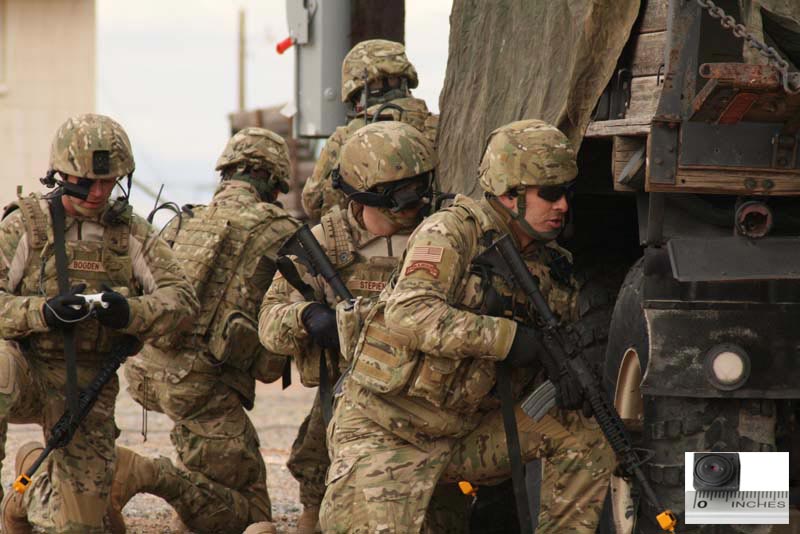
The Advanced Research Projects Agency (DARPA) is laying the basis for the next step in thermal imaging – developing mass-produced thermal imaging sensors integrated into that will be integrated into thermal cameras the size of today’s button size cameras used on mobile phones. Using uncooled sensor technology, such cameras could be employed by every warfighter, bringing ‘the soldier is the sensor’ vision to reality.

The key for such capabilities are low cost production methods, capable of integrating miniature thermal cameras into handheld military hardware that will be compact and lightweight as mobile phones. Another challenge is providing efficient connectivity for all those devices to dynamically share these images into a dynamic and ultra-detailed ‘world image’.
DARPA awarded two low Cost Thermal Imager Manufacturing (LCTI-M) contracts worth $13 million, to Raytheon Vision Systems, and BAE Systems, for the development of production processes for such low-cost, miniature thermal cameras within two years. The goal is to bring the cost of such micro-camera, optics, manufacturing, and software to under $500 per unit. And the target weight of the device is 25 grams.
Raytheon’s development effort aims to reduce the cost of uncooled infrared sensors by 10 times, to enable widespread use of this technology in the modern battlefield. BAE Systems will develop the wafer-scale integrated thermal imager manufacturing capability to produce very low-cost and high-throughput thermal camera components. Also, the performer will facilitate technology transition of a very compact fully integrated thermal camera interfaced to a small handheld platform, such as a cell phone.
















